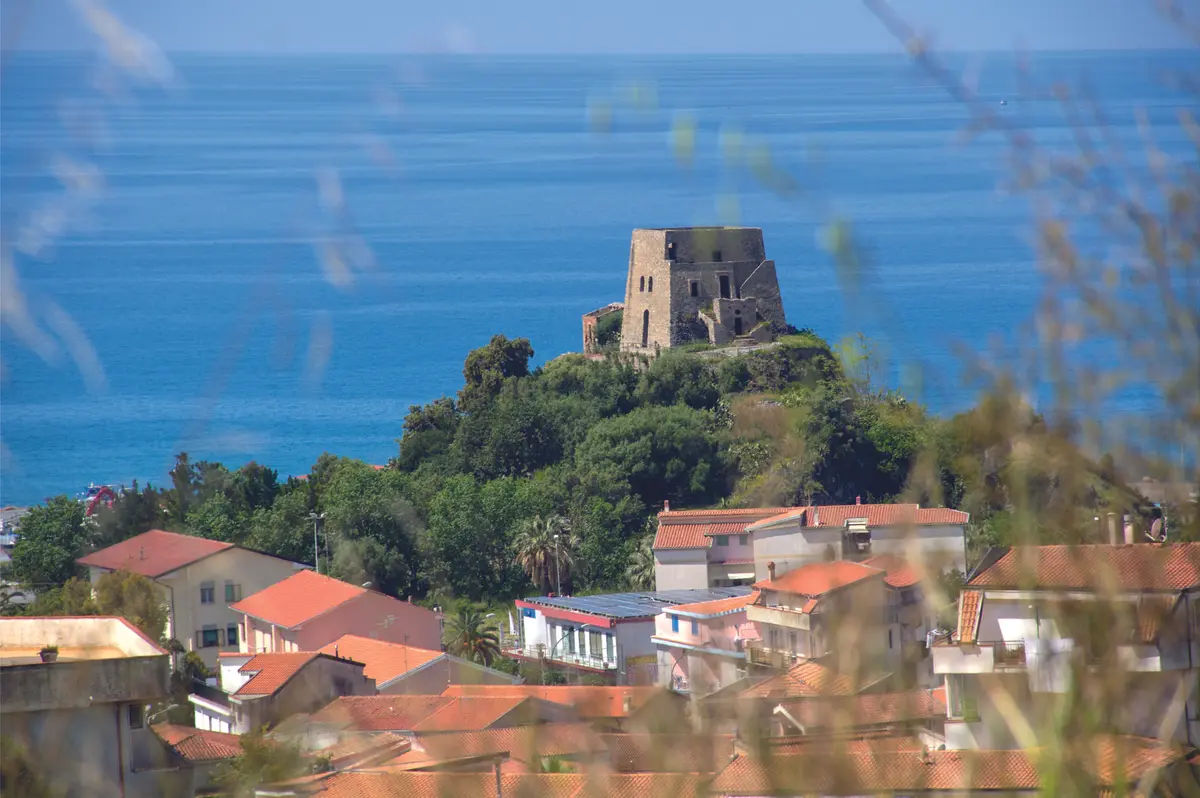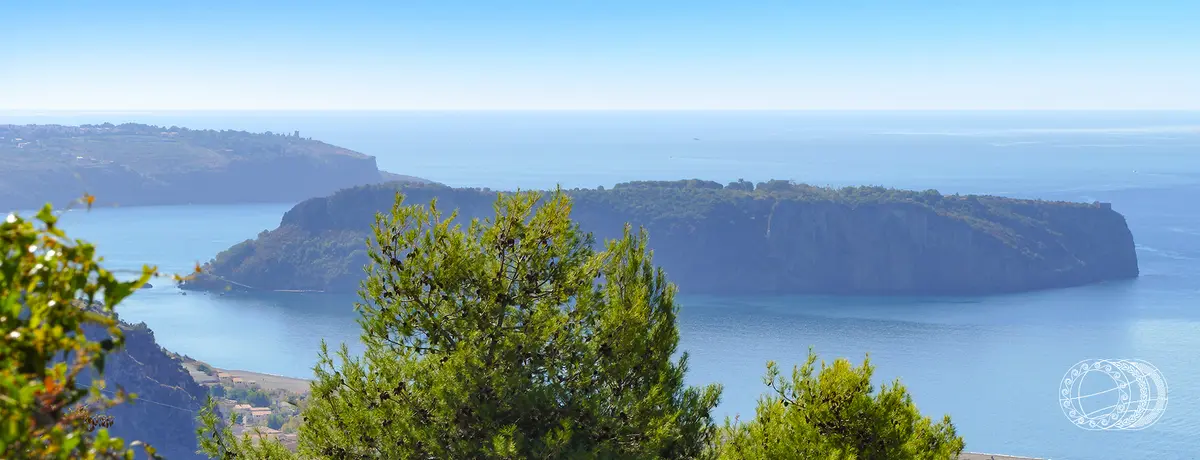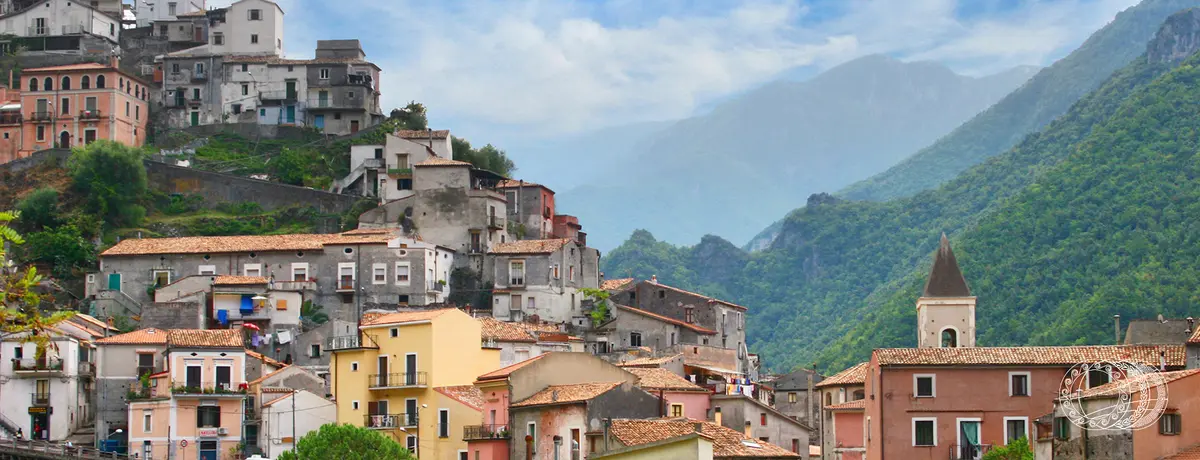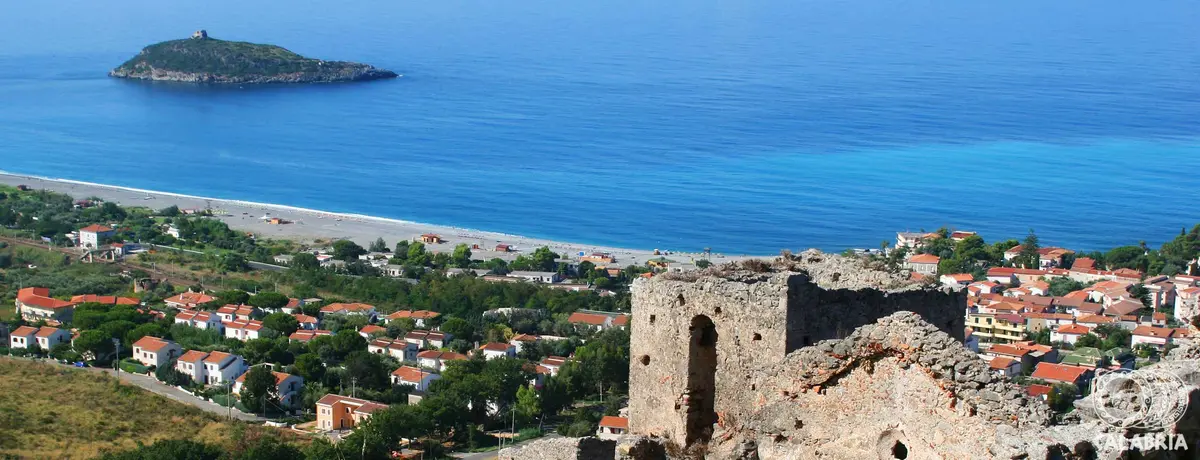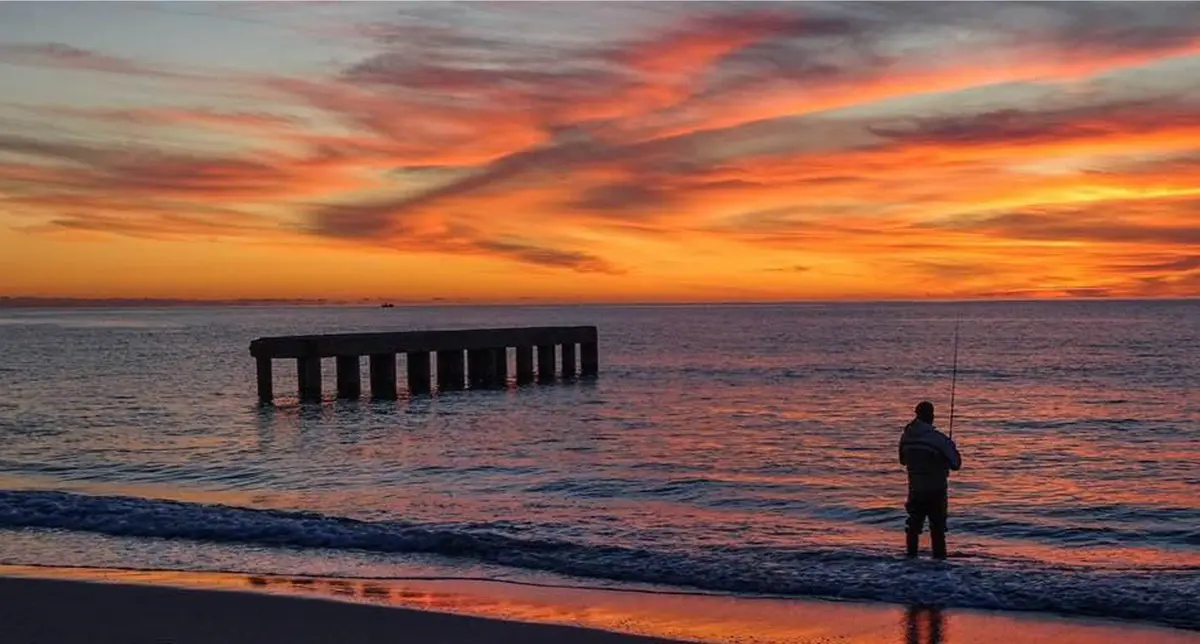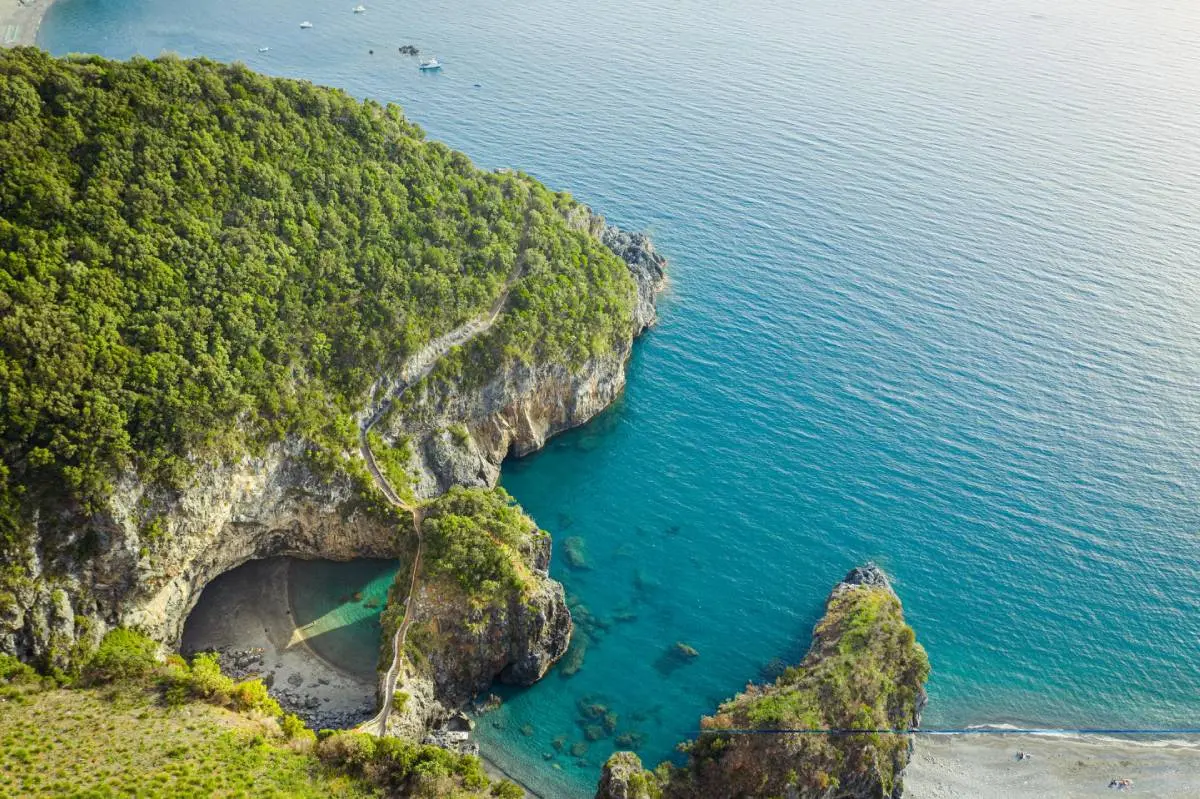Praia a Mare
Praia a Mare, the rugged charm of Dino Island
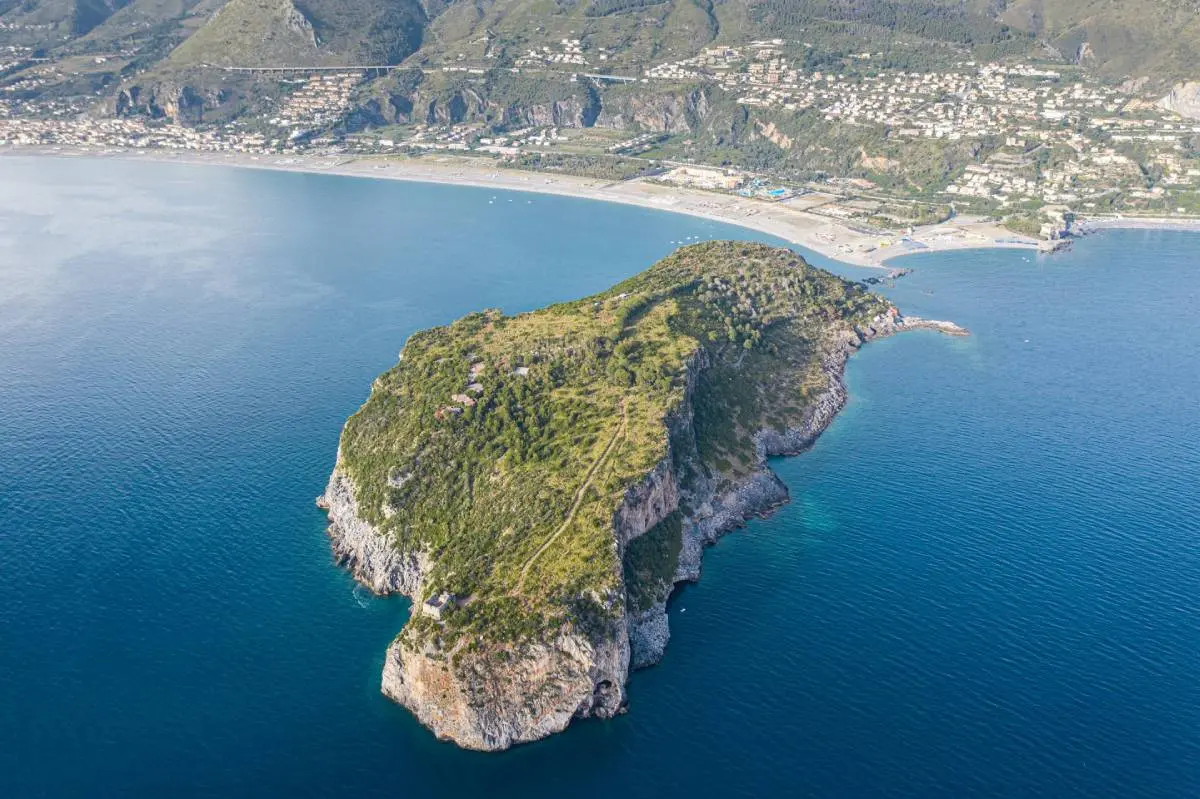
Blue flags
Regione Calabria
The municipality of Praia a Mare is a renowned tourist resort on the Tyrrhenian coast, in the province of Cosenza, famous for Dino Island, one of the two Calabrian islets together with Cirella.
The coastline of Praia a Mare (CS), a multi-year Blue Flag winner, is characterised by fine sandy beaches stretching along a high and jagged coastline in the frame of the Riviera dei Cedri. Renowned lidos in Praia a Mare, for those who want a holiday with all comforts, but also stretches of free beach where relaxation is assured.
Do you dream of practising extreme sports by the sea or taking a paragliding flight? Praia a Mare is the right destination!
Dino Island, the pride and joy of Praia a Mare (CS), gives the measure of the uncontaminated seascape of this area, which has been Blue Flag and Green Flag for years.
Dino Island is an authentic paradise of marine and terrestrial flora and fauna: famous for the presence of the Primula Palinuri, one of the oldest protected species of Italian flora, and for its suggestive caves such as Grotta Azzurra, Grotta del Leone, Grotta del Frontone, Grotta delle Sarde, Grotta del Monaco and Grotta delle Cascate. Dino Island is a dream for divers and bathers.
The municipality of Praia a Mare offers its visitors various monuments and historical sites. Among the churches, the Church of the Sacro Cuore, the Church of San Paolo Apostolo, the Church of the Salvatore and the Shrine of the Madonna della Grotta, a place rich in devotion and popular legends, are not to be missed.
Fiuzzi Tower, built on the stacks of the cliff of the same name and over 15 metres high, is a defensive symbol against Saracen pirates and one of Calabria's best-preserved coastal towers, as are the so-called Fortino (16th century) and the ruins of the Norman Castle. Art enthusiasts should not miss the Municipal Museum of Contemporary Art.
Useful information
What to know about Praia a Mare
Where to Sleep
There are 56 available accommodations.
Places
There are 4 places to visit.
Travel Ideas
There are 10 travel ideas.
Infopoint Praia a Mare
Via San Paolo, 3, Praia a Mare
No result
